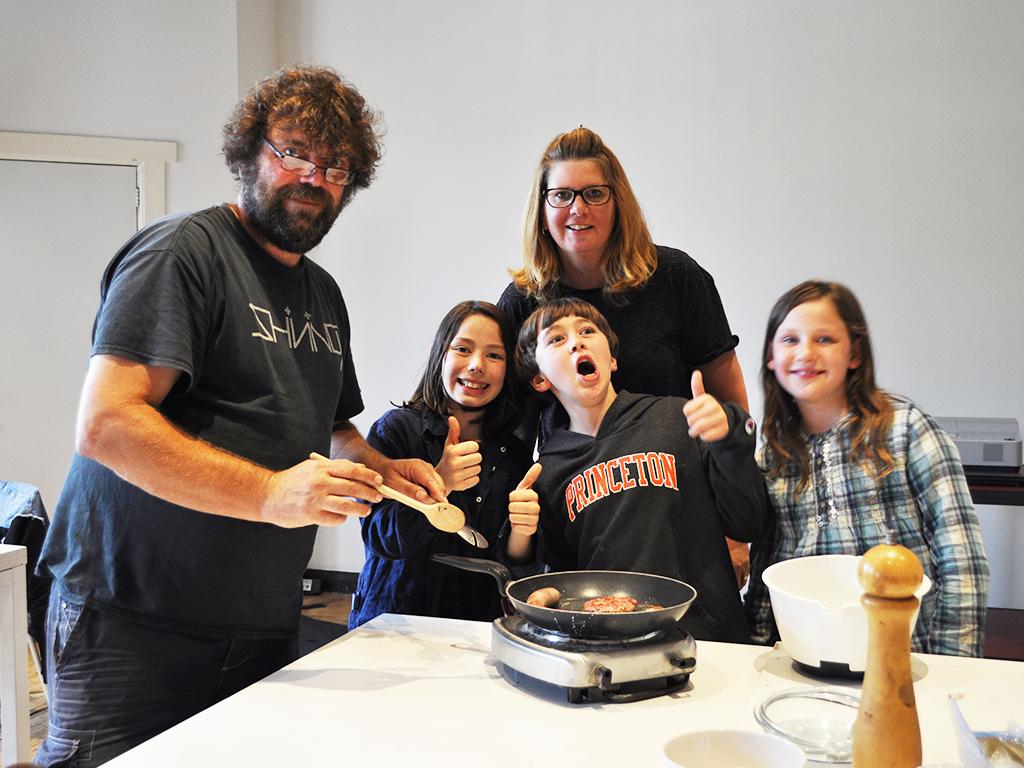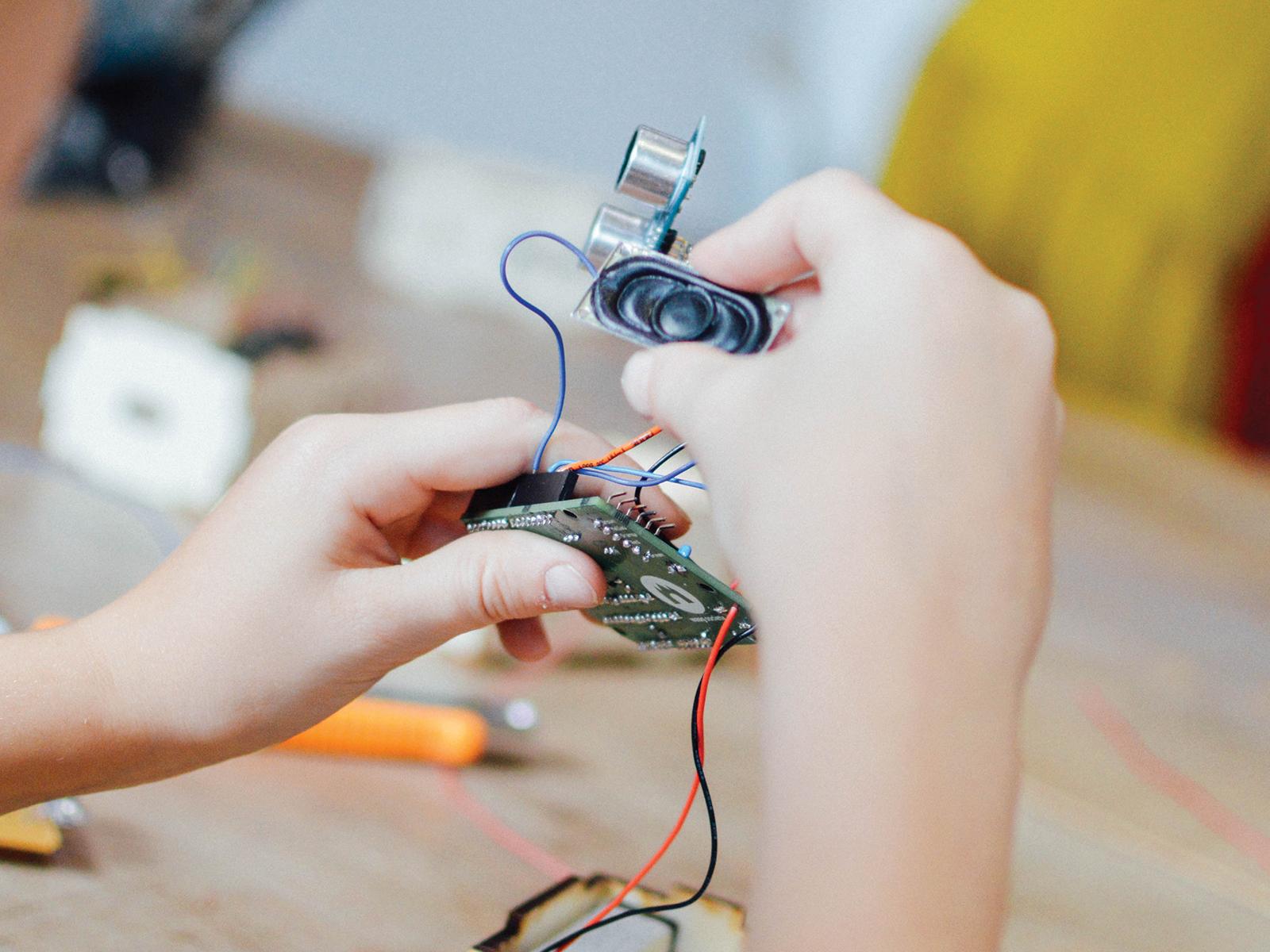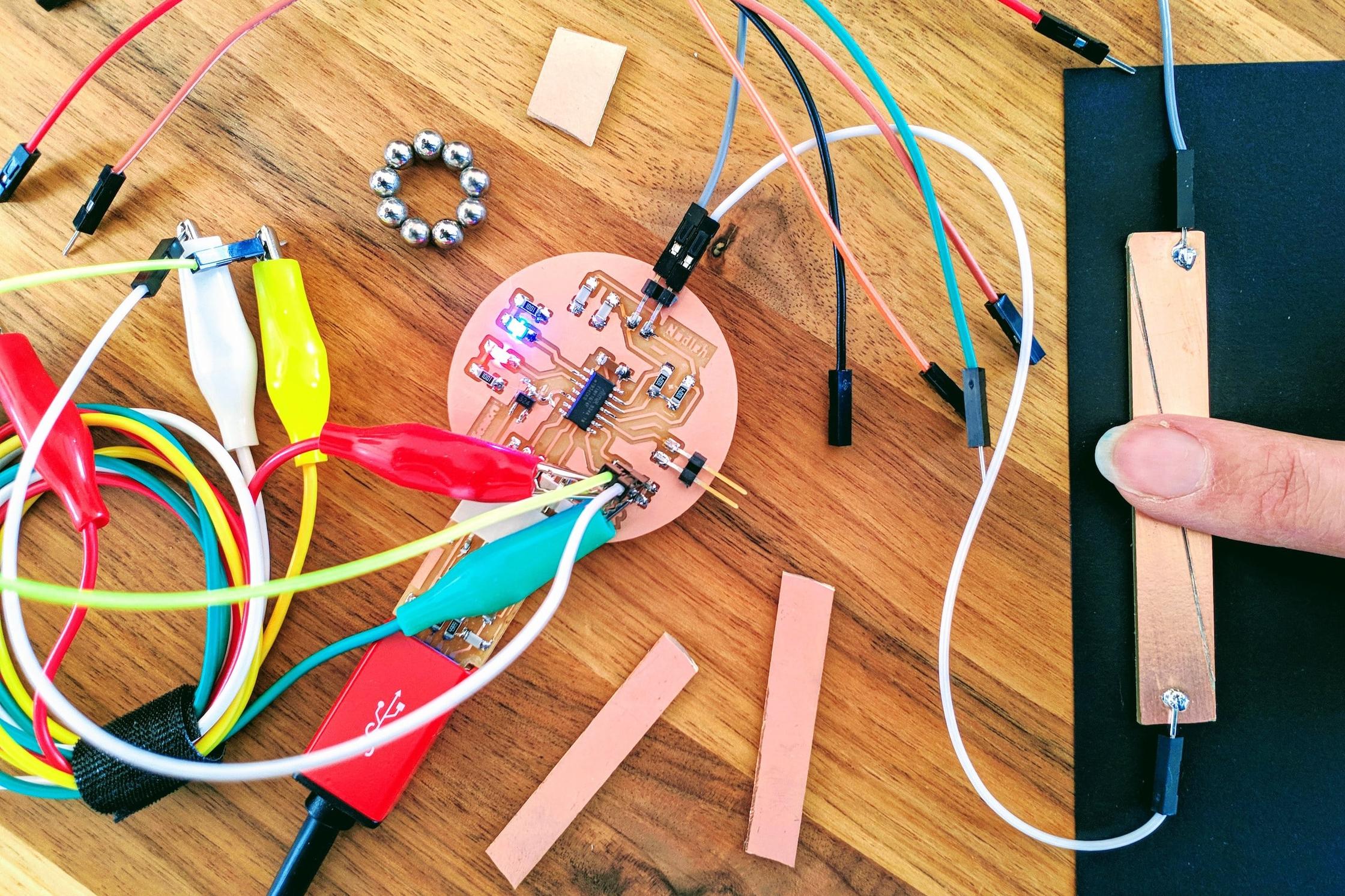The second series FabSchool of this year was completely about the wonderful world of biotechnology. Covered by our Open Wetlab for five years by now, but within the context of FabSchool still uncharted terrain. What did we do in our 12 weeks of biotech activities?
Starting point was that the kids experimented and made things themselves. And just by making things, we learned so much about the topic. We explored several themes, like yeast, by brewing our own drinks with yeast, but also creative applications by making yeastograms.
We did not invent a whole new set of activities of course, but could build upon many existing formats from within Waag and outside. Below is an overview of the things we did. We invite you to try them yourself.
Catch bacteria
In the first weeks we collected microbes, delivering some good results. We collected bacteria and fungi inside and around our building, just like we did in the Catch Your Pet in the Wild workshop of our Pet Shop. The recipe for making a breeding ground in petri dishes is available at the Biohack Academy github website.
pH meter
We did one of the small tests from the Smart Kids Lab, measuring acidity (pH levels). There is not much you need to do this experiment (red cabbage, a blender and coffee filtration paper). The kids just loved to measure the difference in acidity between their cola and and an apple.
Yeastograms
Making yeastograms is quite tricky. It is a nice idea, making an artwork with the aid of yeast cells in a petri dish. But it turned out to be a lot of work for the supervisors, and not for the kids. They designed a sticker, cut it out with the vinyl cutter to grow the yeast under a strong UV lamp, killing off the area that was not covered by the sticker. But working with the petri dishes, a UV light installation and making molds with epoxy are in combination not very suitable for kids. So I would not recommend to do this again, but if you want some information, it is available here (pdf).
Lava lamp
We made a lava lamp with oil, water, food pigments and an effervescent tablet. There are many examples of this online, but we used this instructable. A great success, some kids made one at home again the same week. It worked good to take some more time than usual to discover the whole process: oil floating on water, the moment you add the bubbles that make the water lighter than oil, and thus surfacing through the oil.
Webcam microscope
Another item from the Biohack Academy curriculum: the webcam microscope. With a webcam worth ten euro you can make a microscope that can enlarge 300 times. We made the parts that hold the camera with the laser cutter of the Fab Lab. Instructions can be found here (pdf). There are a lot of things to research with the device. Focusing is something the kids need a little help with.
Bioplastics
We combined making bioplastics with molding. We tried a combination of kombucha and a fermenting bacteria colony first, but that ended up in a basket full of fungi. It is easier to use gelatin and glycerin as a basis. Look here for a recipe. As advised by an intern of our Textile Lab, we added some soap, making a foam-like kind of plastic. You can colour it with food pigments, making it even more special by adding glitters in the mix.
The molds were designed by the kids with Cookiecaster, a super simple website to make designs that you can download and use with the 3D printer. Have a look at this collection to see what our FabSchool kids made.
Food and drink
At the final presentation for the parents we used our own homemade snacks and drinks, all made during the afternoons before. We worked with yeast, fungi and bacteria to produce ouw own yoghurt, sausages, cheese and several drinks. We should publish our own fabSchool cookbook...
Conclusion
During this series we again learned a lot and had loads of fun, and so did the kids. I hope we can continue this and to inspire others to do the same at home, in a fab lab or at school. Biotech is fun, not just because you can learn so much from it, but it is also just dirty enough: it smells a little, it sticks and it sometimes splashes over the edges. Great!


